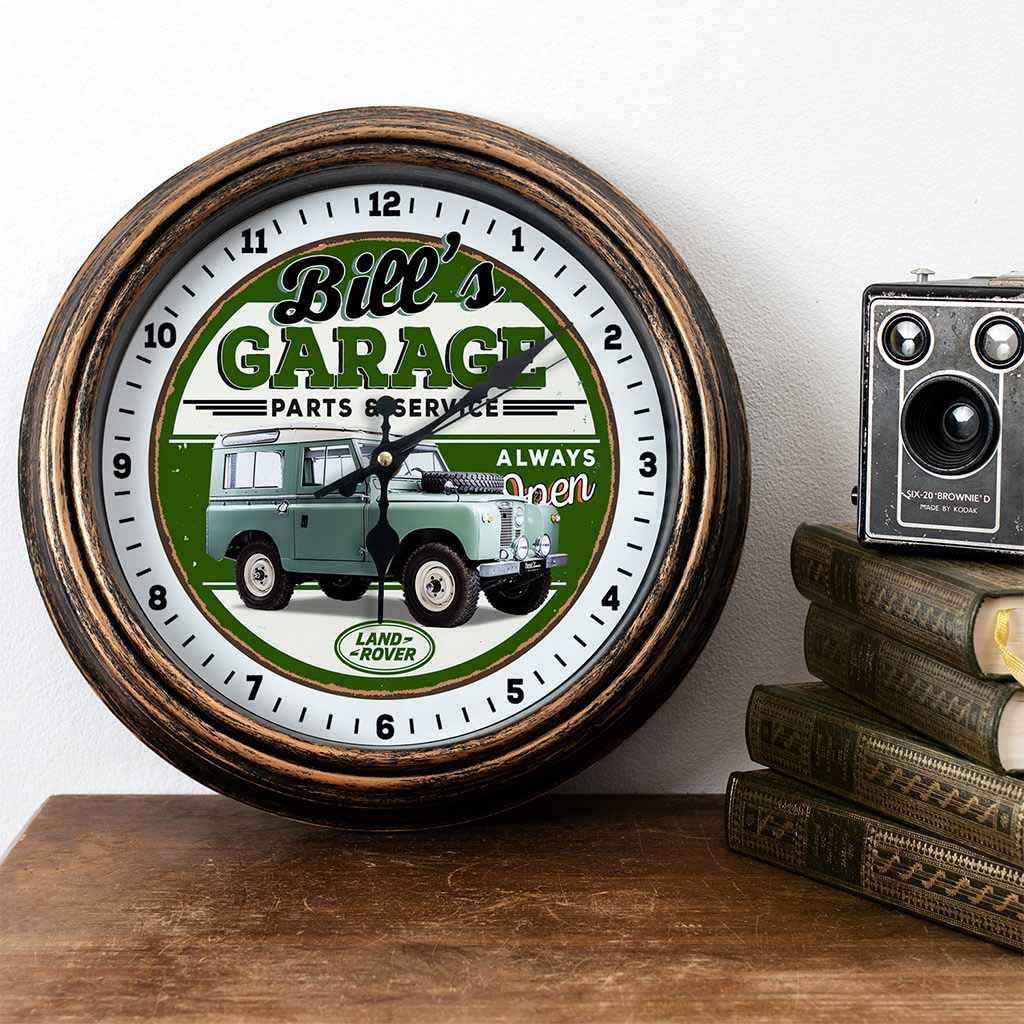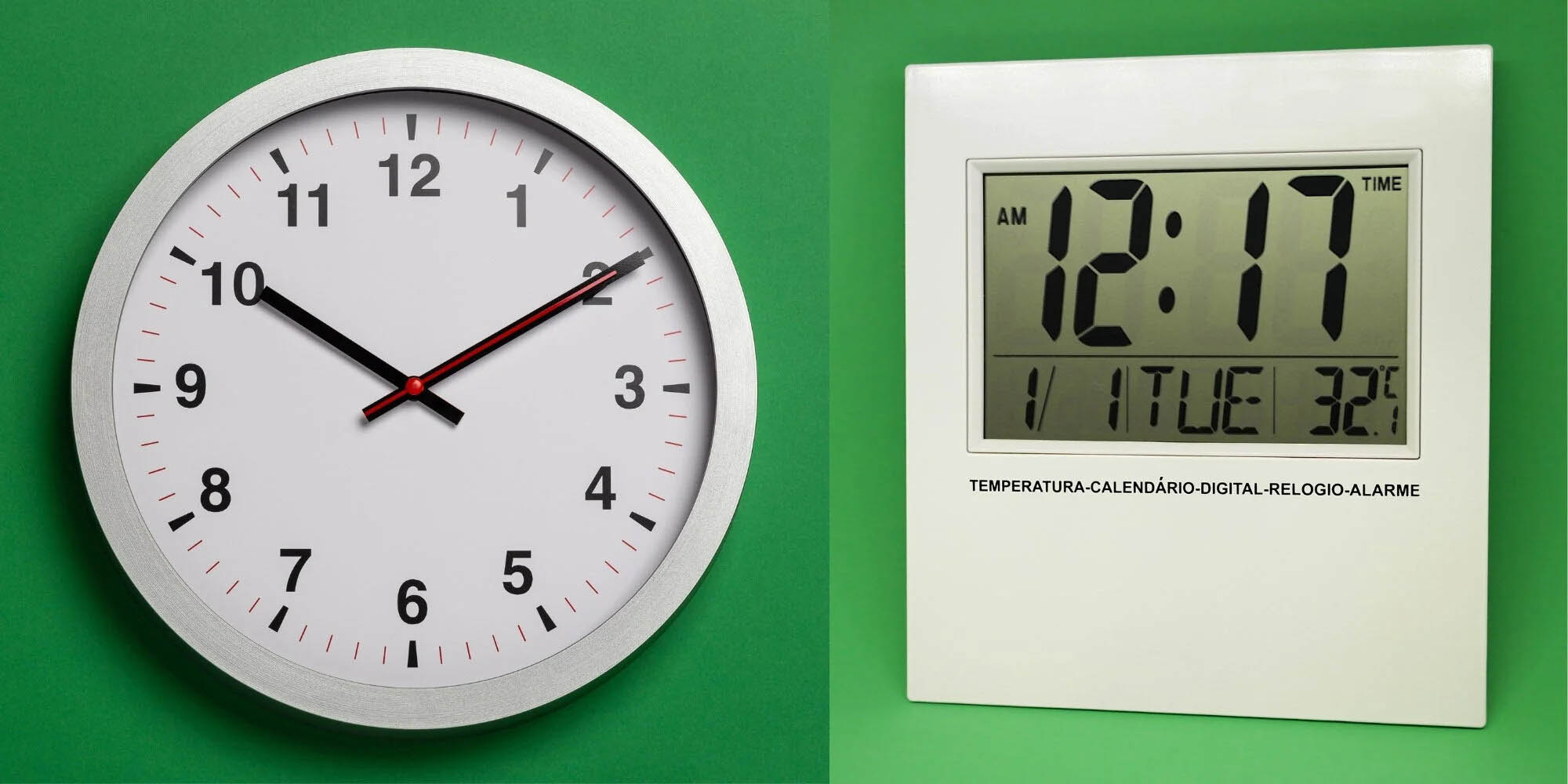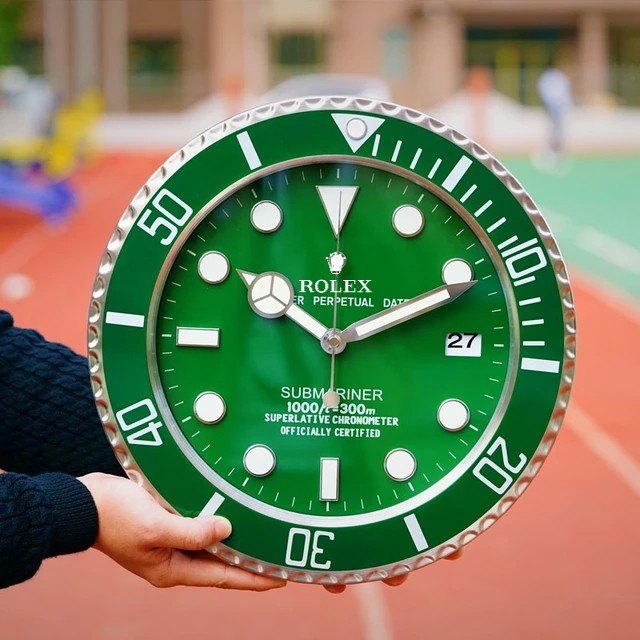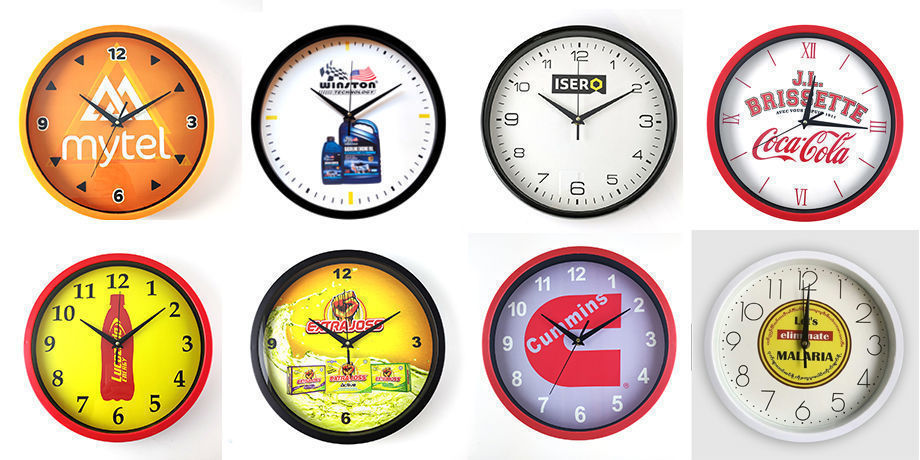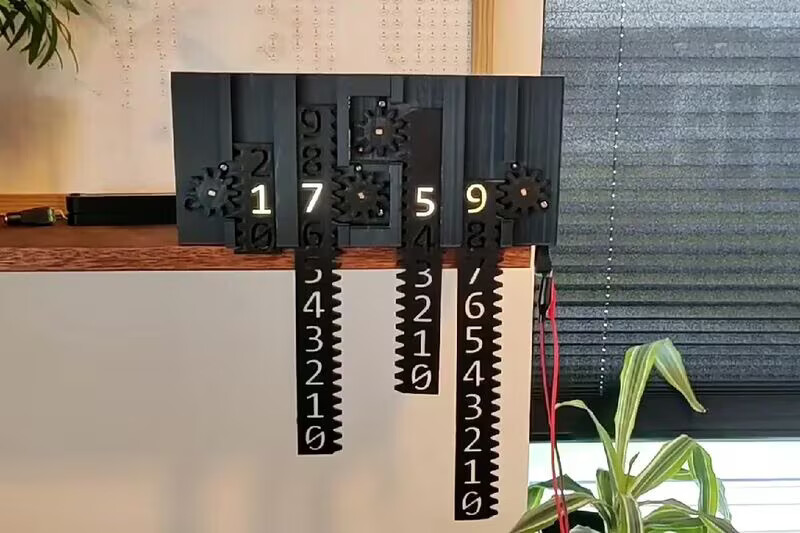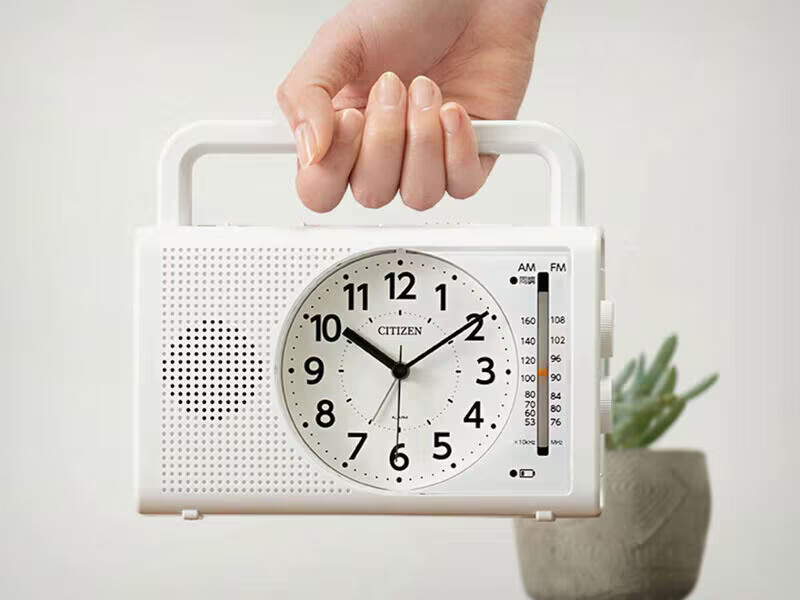How to Choose the Right Wall Clock for Commercial or Promotional Use
Aug 06, 2025
Wall clocks are more than just time-telling tools — they’re functional decor, brand amplifiers, and subtle yet effective promotional assets. Whether you're outfitting a retail space, furnishing a corporate office, or selecting a product for giveaways or merchandising, choosing the right wall clock can make a lasting impression.
Here’s a practical guide to help you choose the right wall clock for commercial or promotional use.
1. Clarify Your Purpose
Before choosing a wall clock, ask yourself:
Are you using it as a brand gift or giveaway?
Is it meant to enhance your interior space while subtly promoting your brand?
Is it part of a product line or a custom promotional item?
Your goals will influence the design, features, and materials.
2. Choose the Right Style for the Environment
The clock’s design should match its intended environment:
Corporate Offices & Meeting Rooms: Go for sleek, minimalistic analog or digital clocks in neutral tones.
Retail Stores & Cafés: Choose bolder, trendier designs that reflect your brand’s personality.
Industrial or Educational Spaces: Large, easy-to-read wall clocks with clear numerals or digital displays are best.
Promotional Use or Merchandise: Consider portable, visually striking designs that people will actually want to hang up.
3. Customize for Branding
A wall clock offers a perfect canvas for branding. Consider:
Adding your company logo on the dial or outer ring.
Using your brand colors in the hands, frame, or numbers.
Printing a custom message, slogan, or QR code.Customized clocks are memorable, long-lasting promotional tools.
4. Consider Functionality & Features
Depending on the audience, practical features can add significant value:
Silent Movement (Sweep Quartz): Ideal for quiet environments like bedrooms, offices, or libraries.
Digital Clocks with Calendars, Thermometers, and Alarms: Popular in multi-purpose or tech-savvy spaces.
WiFi or Radio-Controlled Clocks: Ensure precise timekeeping with automatic synchronization.
Remote Control & Dimmable LED: Great for smart homes, classrooms, or modern spaces.
5. Material & Build Quality
For commercial environments, durability matters:
Plastic (ABS): Lightweight and affordable; great for giveaways or bulk use.
Metal or Aluminum Frames: Suitable for upscale or high-traffic settings.
Wood or Bamboo: Eco-friendly choice for wellness centers, organic brands, or sustainable campaigns.
6. Size Matters
Large Clocks (12"–24"): Make a statement in lobbies, showrooms, or public areas.
Medium Clocks (8"–12"): Versatile for most rooms and promotional uses.
Compact Clocks (<8"): Ideal for giveaways, personal use, or desk applications.
Choose based on the size of the space and intended visibility.
7. Packaging & Presentation
For promotional clocks, presentation counts. A well-designed box can elevate perceived value. Consider:
Custom-printed packaging with your logo
Instruction manual in your brand voice
QR code linking to your website or promotional video
8. Compliance & Certifications
If you're distributing clocks internationally, make sure they comply with regional standards (e.g., CE, FCC, ROHS). For eco-conscious brands, FSC-certified wood or recycled materials can enhance your sustainability image.
Final Thoughts
A well-chosen wall clock isn’t just a timepiece — it’s a branding opportunity that ticks 24/7. Whether you’re outfitting a space or creating a corporate giveaway, think beyond time and design with purpose. With the right style, functionality, and customization, your clock can make a lasting impression on every wall it graces.
Read More
